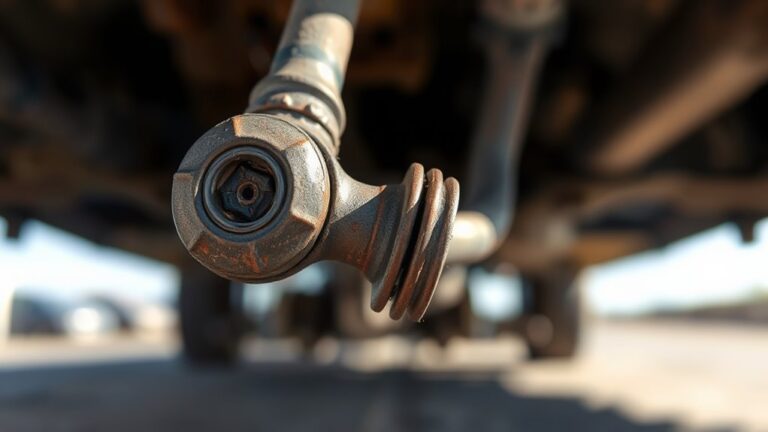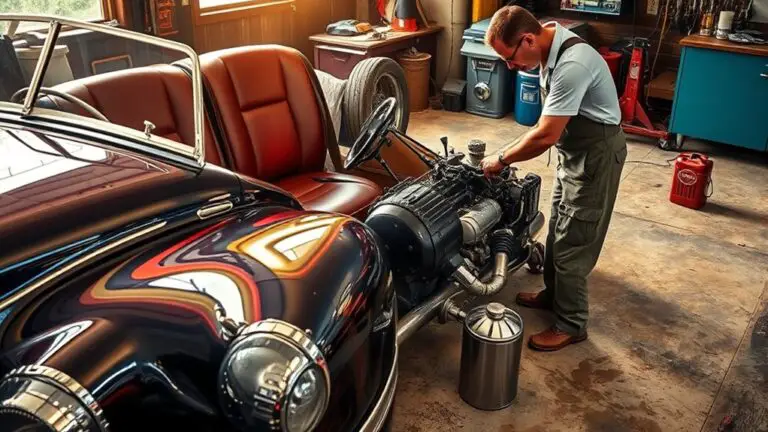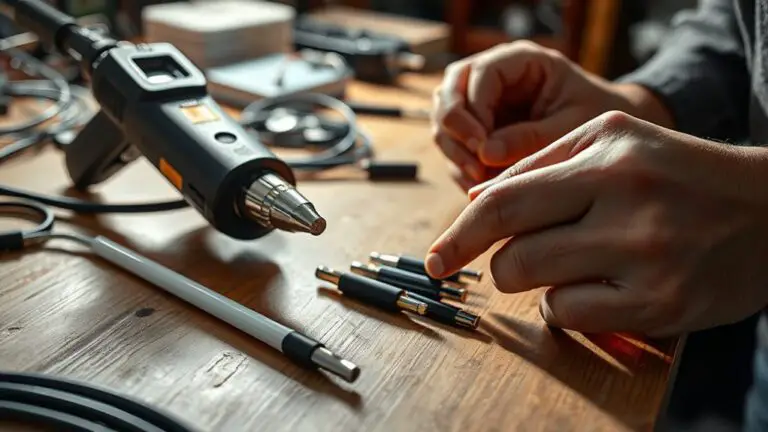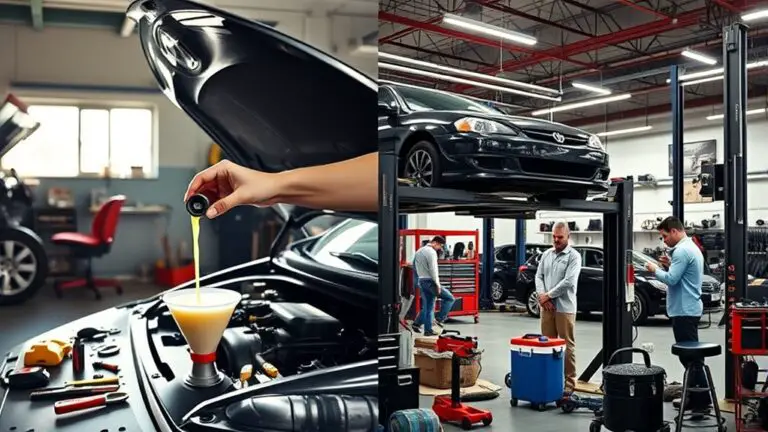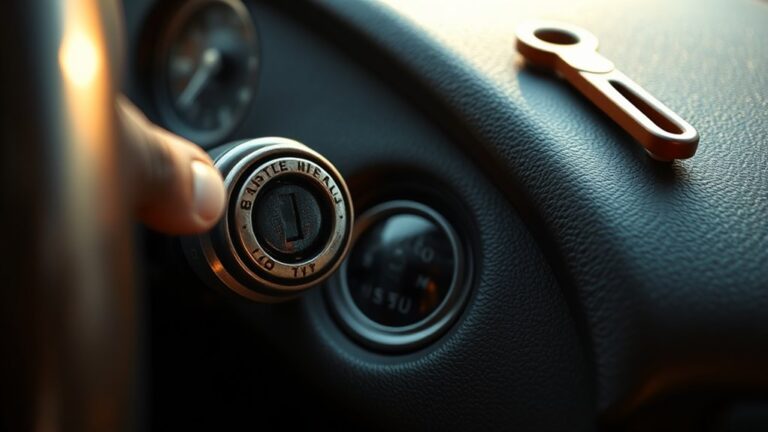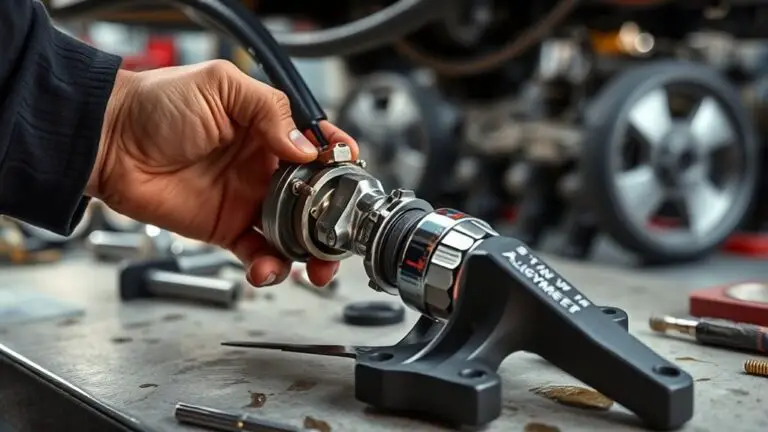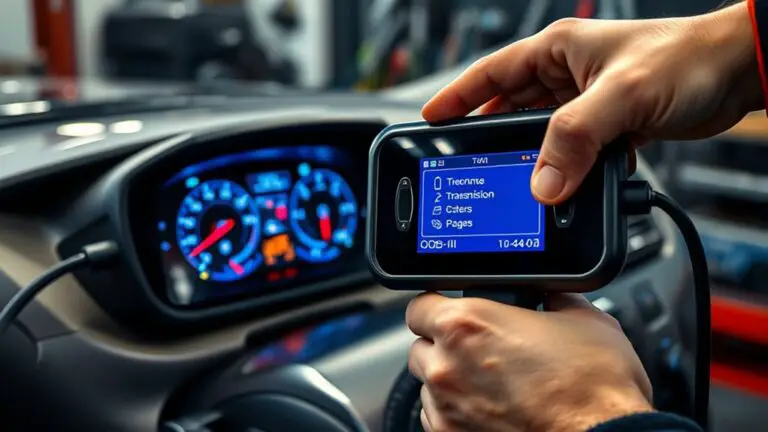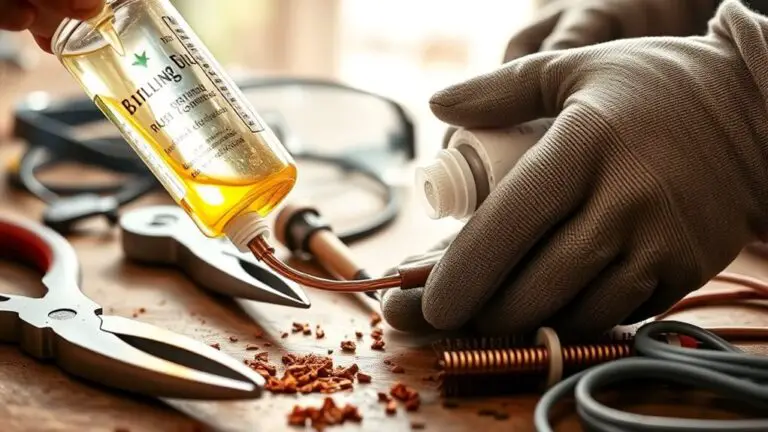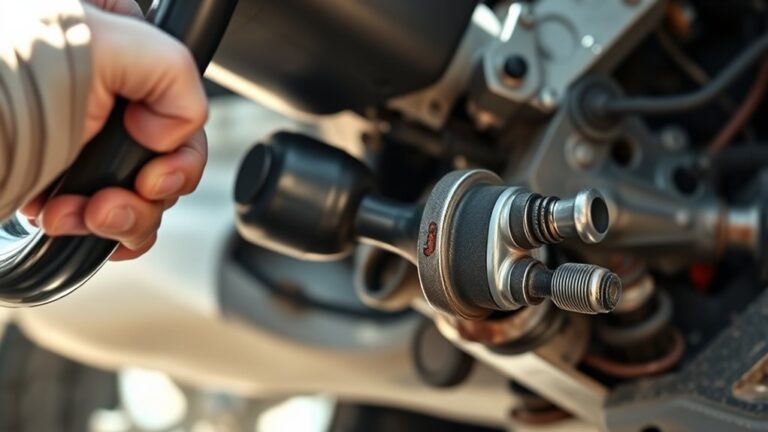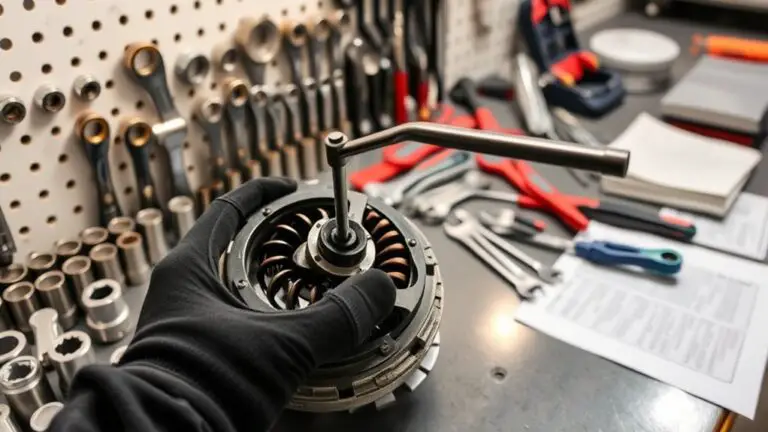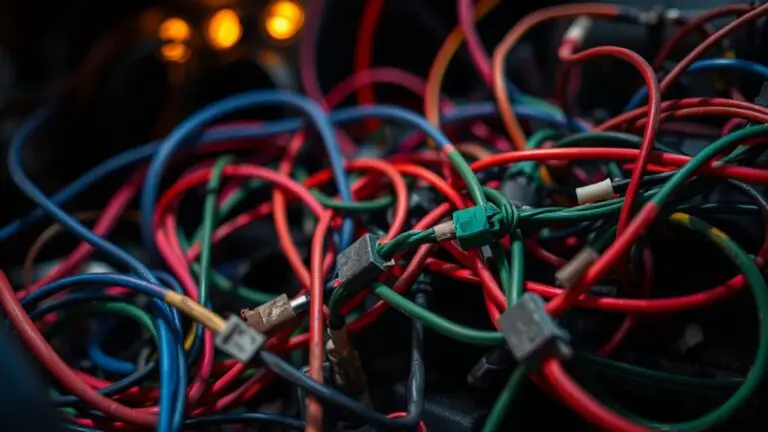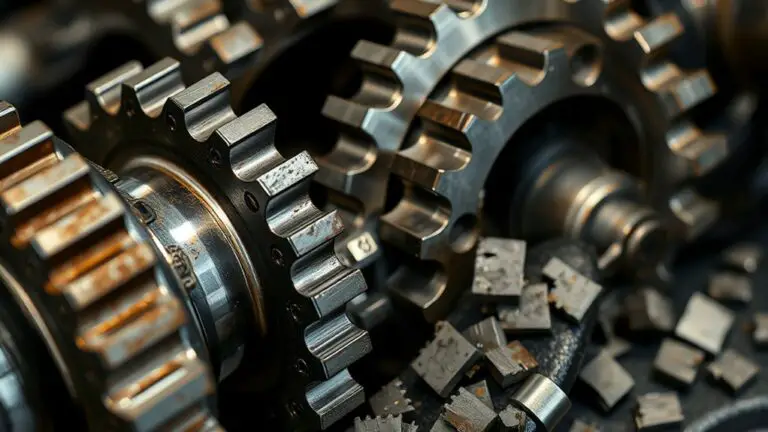When Worn Tie Rods Cause Major Safety Issues
Worn tie rods can undermine steering precision and load transfer,creating dangerous play, misalignment, and unpredictable handling that may lead to sudden loss of control. You’ll notice excessive steering play at low speeds, wandering, or crooked wheel stance after lane changes, plus clunks or pulling as you drive. This degrades tire contact, accelerates uneven wear, and…

